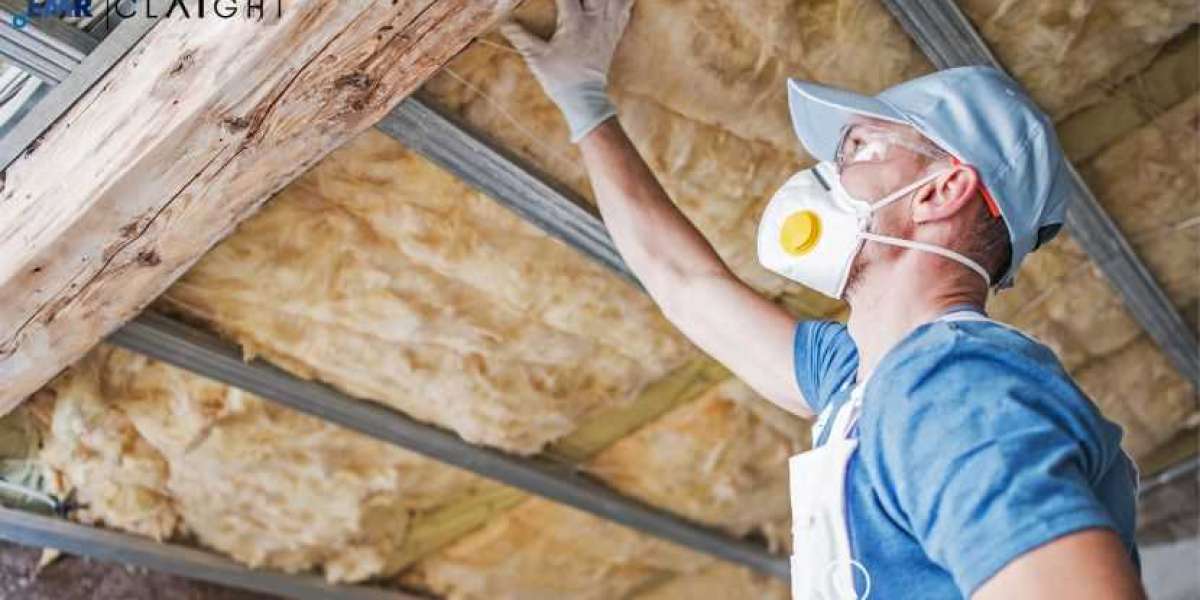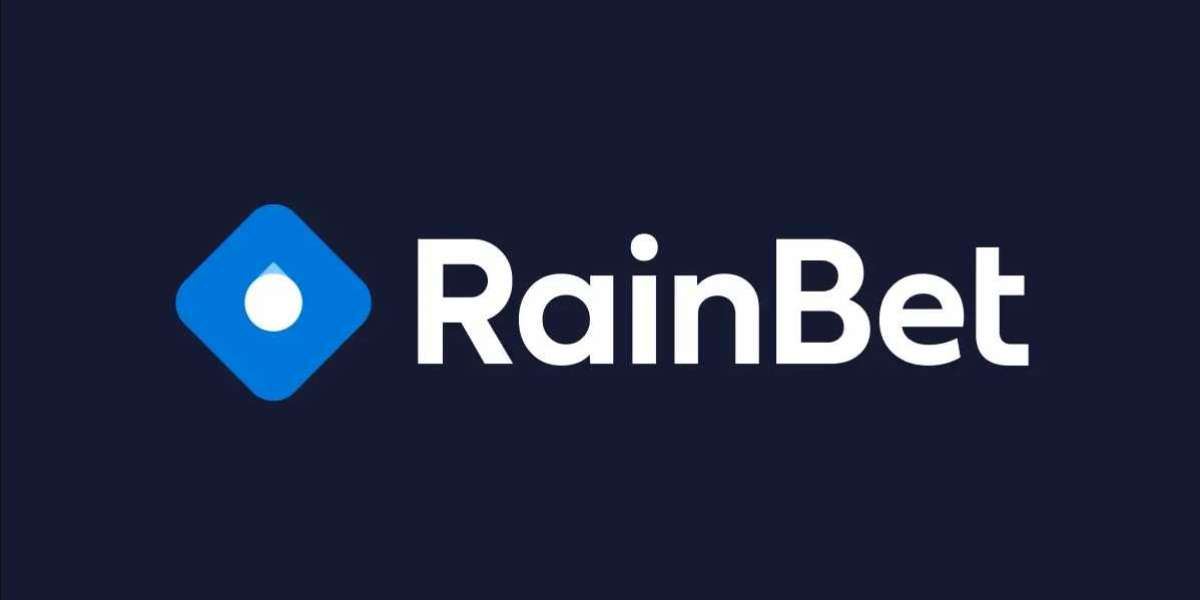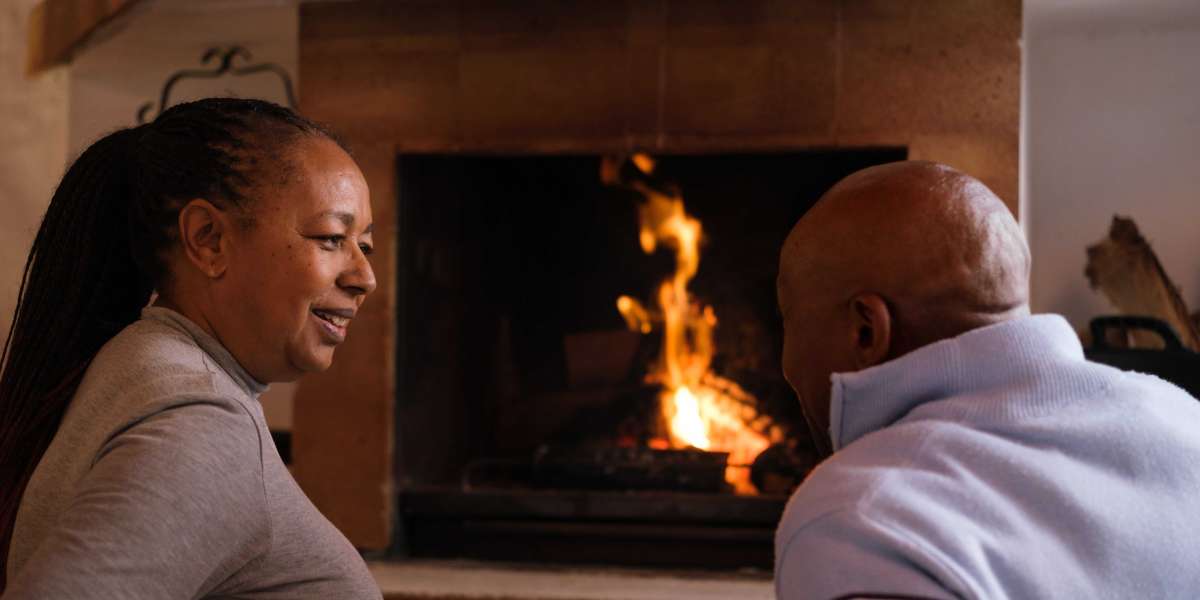The North America building thermal insulation market size has grown significantly, reaching approximately USD 12.68 billion in 2024. With increasing energy efficiency awareness and stringent building regulations, the market is projected to expand at a CAGR of 4.8% from 2025 to 2034, reaching a value of USD 19.34 billion by 2034.
This article explores the dynamics of the building thermal insulation market, including key drivers, challenges, trends, and growth opportunities, providing insights into its trajectory over the next decade.
Key Market Drivers
1. Rising Energy Efficiency Requirements
Government initiatives to reduce carbon emissions and improve energy efficiency in buildings are driving demand for thermal insulation products. Regulations like the U.S. Department of Energy’s Energy Conservation Standards push property developers to incorporate advanced insulation materials in residential and commercial projects. Improved thermal insulation helps minimize energy loss, reducing heating and cooling costs significantly.
2. Increasing Construction Activities
North America has seen a surge in construction projects, particularly in urban areas. As the population grows, so does the demand for residential and commercial buildings. Thermal insulation is becoming a standard requirement in modern constructions to meet energy codes and improve building performance.
3. Growing Focus on Sustainable Construction
The shift toward green buildings has fueled the adoption of eco-friendly insulation materials. Builders are prioritizing sustainable and recyclable materials like cellulose, sheep wool, and recycled denim, aligning with environmentally conscious consumer preferences.
4. Rising Awareness of Indoor Comfort
Homeowners and businesses are increasingly prioritizing indoor comfort. Thermal insulation provides consistent indoor temperatures, reducing reliance on heating and cooling systems. This not only enhances comfort but also lowers utility bills, making it an attractive investment for property owners.
Challenges in the Market
1. High Installation Costs
The initial costs associated with thermal insulation, including material expenses and professional installation fees, can deter some consumers. Despite long-term energy savings, the upfront investment remains a barrier for small-scale projects.
2. Fluctuating Raw Material Prices
Raw materials like fiberglass, polyurethane, and polystyrene are subject to price volatility, which affects production costs. This challenge is further compounded by supply chain disruptions, leading to price fluctuations in the end-products.
3. Lack of Awareness in Certain Areas
While urban regions embrace advanced insulation solutions, rural areas often lack awareness or access to these technologies. Expanding educational campaigns and accessibility in these regions is essential for market growth.
Emerging Trends
1. Development of High-Performance Materials
Manufacturers are focusing on producing advanced insulation materials like aerogels and vacuum insulation panels (VIPs). These materials offer superior thermal resistance, are thinner, and save space, making them ideal for modern buildings.
2. Adoption of Spray Foam Insulation
Spray foam insulation is gaining popularity due to its high energy efficiency and ability to fill gaps and cracks effectively. Its versatility and longevity make it a preferred choice for both residential and commercial applications.
3. Technological Integration
Innovations like smart insulation systems are emerging in the market. These systems integrate technology to monitor temperature changes and optimize insulation performance, enhancing energy efficiency further.
4. Expansion of Retrofitting Projects
Retrofitting older buildings with modern thermal insulation materials is a growing trend. Governments and property owners are investing in renovation projects to meet energy standards and improve building efficiency.
Market Segmentation
By Material Type
- Fiberglass: The most commonly used material due to its affordability and excellent thermal resistance.
- Mineral Wool: Offers fire resistance and acoustic insulation, making it suitable for commercial buildings.
- Polystyrene (EPS and XPS): Lightweight and durable, ideal for residential and industrial applications.
- Polyurethane Foam: Known for its high thermal efficiency and versatility.
By Application
- Residential Buildings: A major segment driven by increasing energy efficiency requirements for homes.
- Commercial Buildings: Demand is fueled by corporate sustainability goals and the need for high-performing HVAC systems.
- Industrial Buildings: Includes warehouses and manufacturing facilities where insulation is critical to maintaining operational efficiency.
By Region
- United States: Leads the market due to robust construction activities and stringent energy regulations.
- Canada: Witnessing steady growth with increased adoption of green building practices.
Growth Opportunities
1. Government Incentives and Rebates
Many local and federal governments in North America offer incentives for energy-efficient upgrades, including insulation. These programs reduce the financial burden on property owners, encouraging more installations.
2. Rising Urbanization
With urban areas expanding, the demand for insulated residential and commercial spaces is increasing. Cities are implementing energy-efficient building codes to support sustainable urban development.
3. Expanding Retrofitting Sector
The retrofitting of old buildings with modern insulation materials presents a significant growth opportunity. These projects improve energy performance and extend the lifespan of buildings, aligning with sustainability goals.
4. Innovations in Manufacturing Processes
Advances in manufacturing technology are making insulation materials more cost-effective and environmentally friendly. The development of biodegradable and recyclable insulation solutions is expected to attract eco-conscious consumers.
Competitive Landscape
Key players in the North America building thermal insulation market include:
- Owens Corning
- Saint-Gobain
- Johns Manville
- Kingspan Group
- Rockwool International
These companies focus on product innovation, strategic partnerships, and mergers to strengthen their market presence. For example, Kingspan Group is investing heavily in sustainable insulation solutions to meet rising demand for eco-friendly products.
Future Outlook
The North America building thermal insulation market is poised for robust growth in the coming decade. With rising energy efficiency standards, increased urbanization, and the shift toward sustainable construction, the demand for thermal insulation will continue to expand. Challenges like high installation costs and fluctuating raw material prices remain, but ongoing technological advancements and government support are expected to mitigate these issues.
Manufacturers and stakeholders who prioritize innovation, sustainability, and accessibility will likely lead the market, capitalizing on the growing demand for high-performance insulation solutions.






